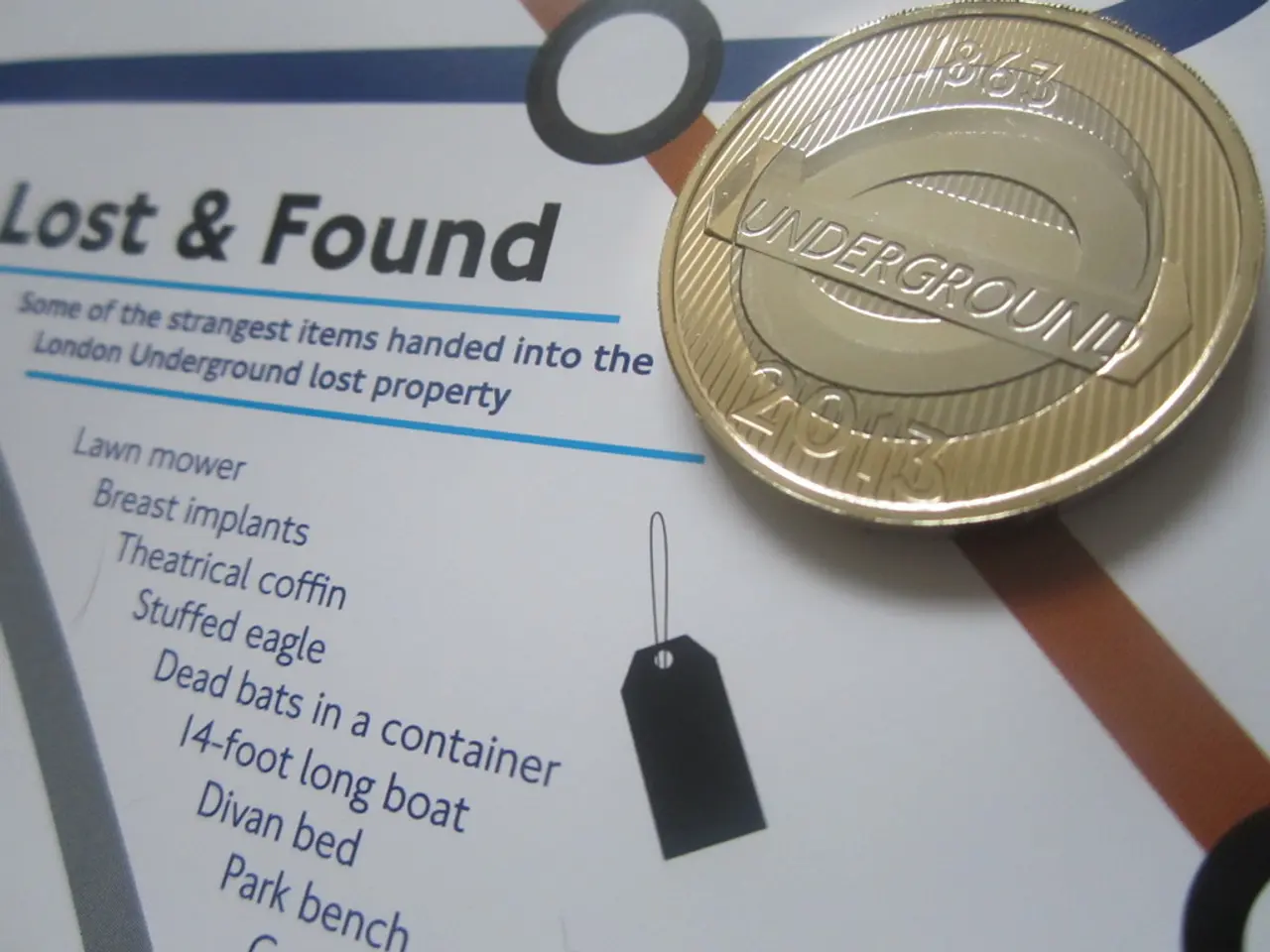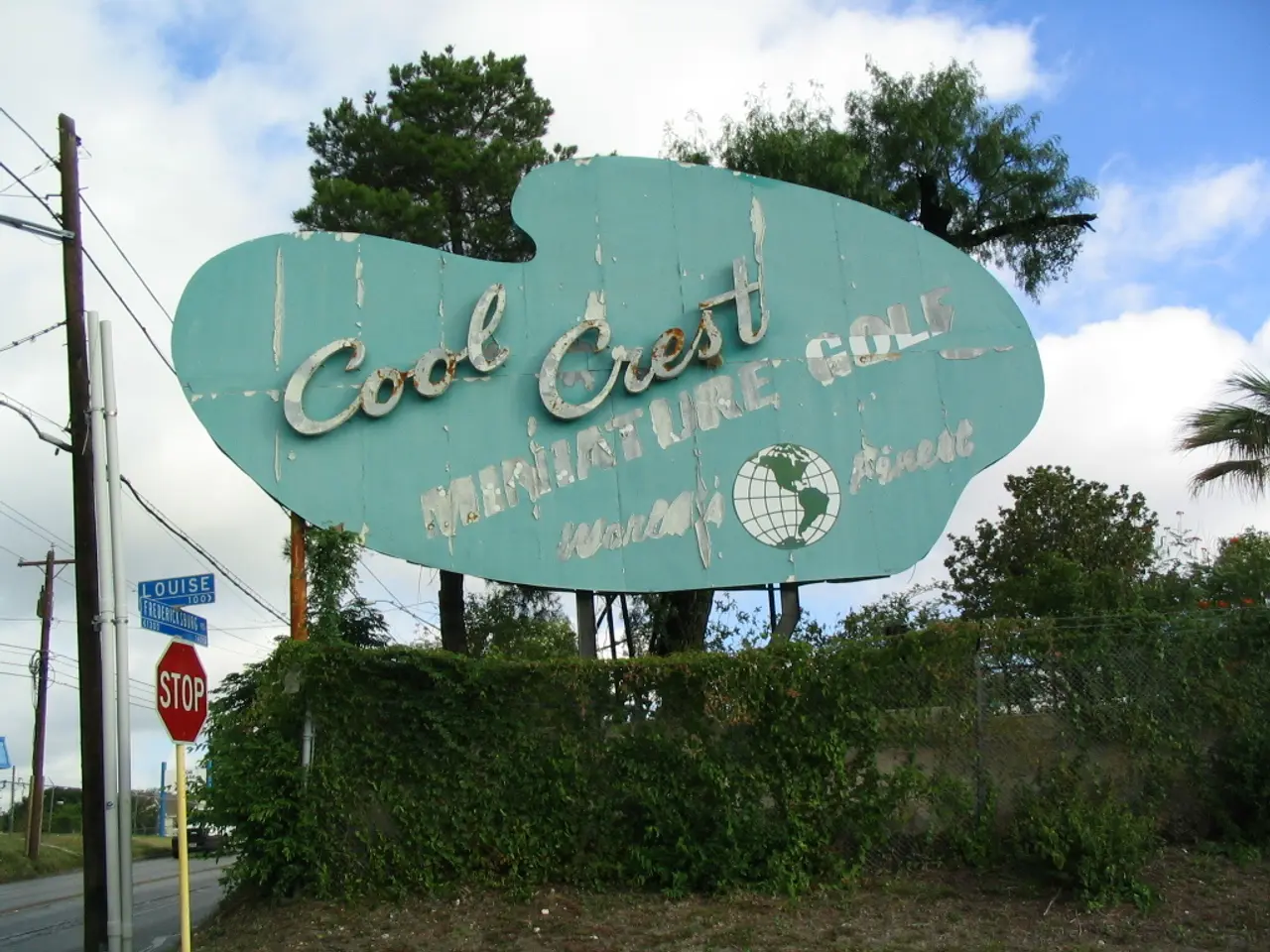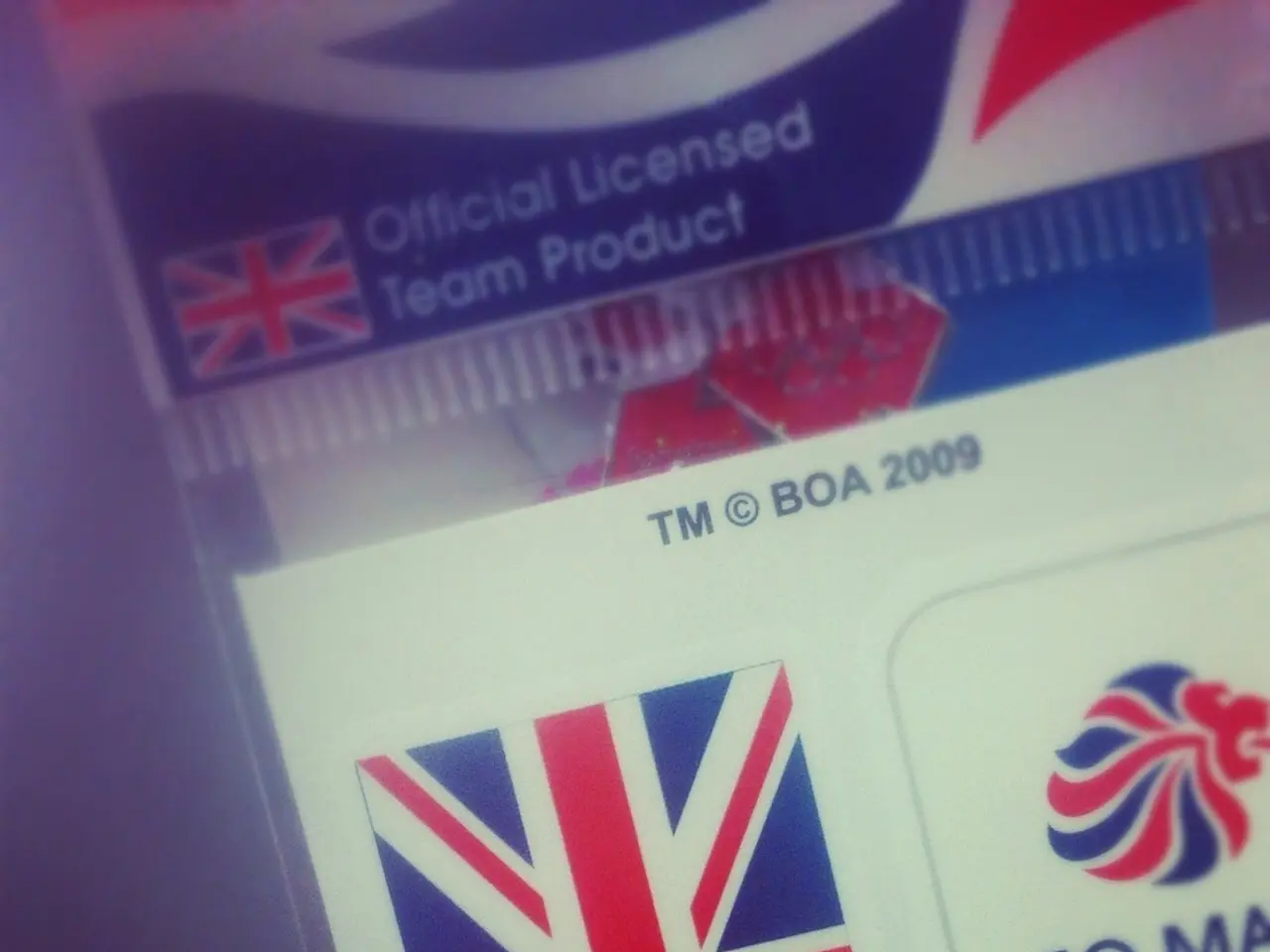Accelerated Pharmaceutical Breakthroughs: A New Approach to Medicinal Advancements
Pharmaceutical companies are turning to gene-expression profiling, a valuable tool in drug discovery, to streamline the process and reduce costs. Gene-expression profiling, which measures the activity of a cell's genes in response to drugs, helps determine a compound's effectiveness, toxicity, and other characteristics.
Traditional profiling methods are often inefficient or expensive, sometimes costing millions of dollars. To address this issue, Genometry has commercialized a high-throughput gene-expression assay that operates at a fraction of the price of conventional methods. The assay, developed in collaboration with the Broad Institute of MIT and Harvard, measures the expression of approximately 1,000 landmark genes to accurately estimate the activity of all the 20,000 or so genes expressed in a cell.
Justin Lamb, co-founder, president, and CEO of Genometry, explained that this fast, low-cost assay enables much larger experiments than previously possible. firms can use gene-expression profiling much earlier in the drug-discovery process, potentially speeding up the process. "Rather than profiling only a handful of compounds at the end of the search for a new drug to confirm that you got what you wanted, you can use profiling right at the start of the search, and hence do the search in much more efficient ways, because you have much more information," he said.
A dozen pharmaceutical firms and other companies are now using the assay. Last October, Genometry signed a multiyear contract with Janssen Pharmaceutica to generate gene-expression profiles for 250,000 compounds in the Belgian firm's small-molecule library. This represented the first time gene-expression profiling has been applied at such a large scale and will be used for drug screening and improving the selection of candidate drugs before clinical studies.
The landmark genes used in the L1000 assay have been selected based on their unique properties, such as being minimally redundant across the genome or widely expressed in different cell types. According to Genometry co-founder Aravind Subramanian, these properties allow the landmark genes together to contain around 80% of the information in the entire transcriptome. The L1000 assay provides this service, with clients sending their samples in 384-well plates to Genometry's headquarters and lab in Kendall Square.
Pharmaceutical firms will use L1000 data from potentially hundreds of thousands of compounds as an initial screen, or to characterize their entire library of chemicals. They could also use the data for "hit selection" to narrow down the number of viable candidate drugs. According to Lamb, the L1000 assay is a convenient way to prioritize compounds for drug development.
Genometry was formed in 2012, with the purpose of bringing the L1000 assay, which had proven its mettle at the Broad Institute, to the outside world. The assay is an integral component of an ongoing Broad Institute project called the Connectivity Map, which aims to become, essentially, "Google for drug discovery." The Connectivity Map is a collection of gene-expression responses to perturbagens, including chemical and genetic manipulations. Users can upload a list of genes whose expression pattern characterizes a disease, and in one click, receive a list of compounds ranked by their effect on those genes. This approach enables researchers to conduct comprehensive studies on drug response and gene function, ultimately accelerating the development of new therapeutic agents.
- The high-throughput gene-expression assay developed by Genometry, operating at a lower cost than conventional methods, revolutionizes the pharmaceutical industry, enabling larger experiments that could potentially speed up the drug discovery process.
- Pharmaceutical companies are increasingly utilizing innovative technology, such as the L1000 assay, to screen a vast number of compounds, efficiently prioritizing those suitable for drug development and accelerating the discovery of new therapeutic agents.
- Researchers can leverage the Connectivity Map project, led by the Broad Institute, to perform comprehensive studies on drug response and gene function, thanks to the L1000 assay's ability to measure the activity of key genes in response to various perturbagens.
- The L1000 assay, working in collaboration with the Broad Institute's Connectivity Map, aims to become a valuable resource for the scientific community, much like Google, in the search for novel therapeutic interventions for medical-conditions, contributing significantly to health-and-wellness and technology advancements in the field of pharmaceuticals.




